
The History of Astronomy Ancient China YouTube
This is a timeline of Chinese records and investigations in astronomy . 2137 BC - October 22, the Chinese book, the Book of Documents, records the earliest known solar eclipse. c. 2000 BC - Chinese determine that Jupiter needs 12 years to complete one revolution of its orbit. c. 1400 BC - Chinese record the regularity of solar and lunar.

chinese celestial Astrology, Chinese astrology, Ancient astronomy
Astronomy in China has a long history stretching from the Shang dynasty, being refined over a period of more than 3,000 years. The ancient Chinese people have identified stars from 1300 BCE, as Chinese star names later categorized in the twenty-eight mansions have been found on oracle bones unearthed at Anyang, dating back to the mid-Shang dynasty.
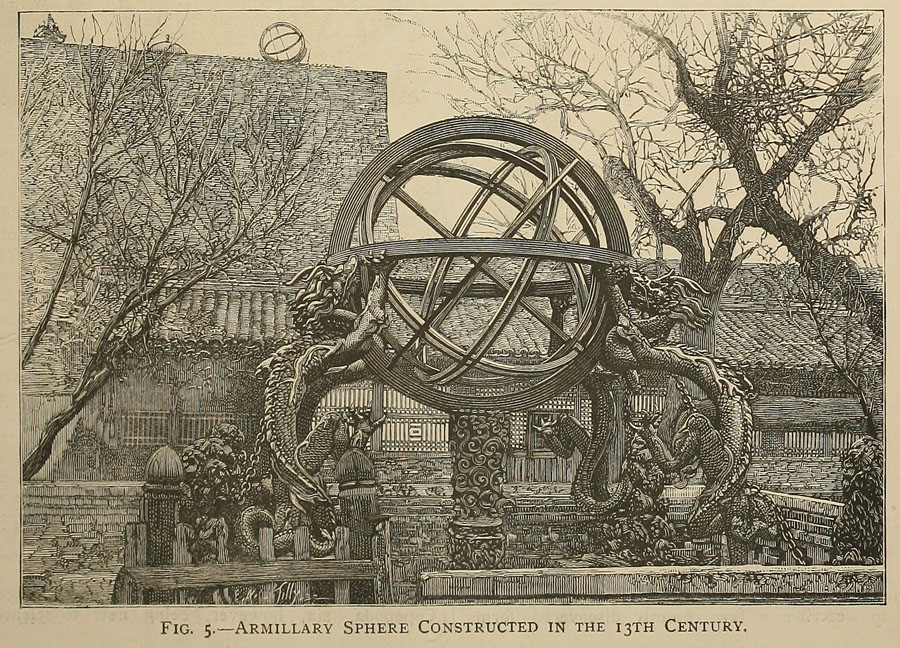
Astronomy in China The Pekin Observatory, 1888 { feuilleton }
Key chinese discoveries Astronomy has played a significant role in Chinese culture since ancient times. From the earliest observations of celestial phenomena to the latest discoveries in modern astronomy, Chinese astronomers have made important contributions to our understanding of the universe.
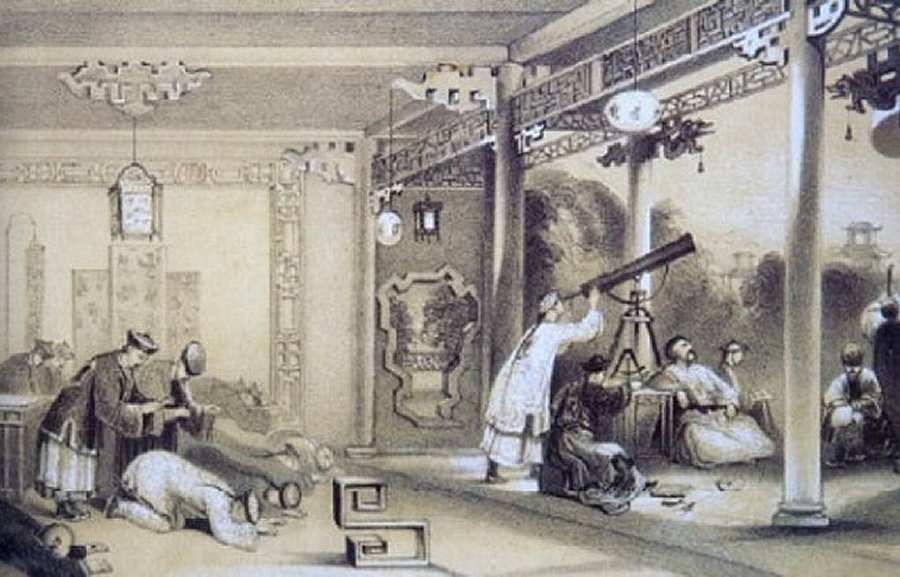
On This Day In History Sunspot Observed By Chinese Astronomers During The Han Dynasty On May
The chapter studies ancient Chinese astronomy, which focused on computing and predicting the movements of the heavens (天 tian), the sun, moon, stars, and asterisms, which was the duty of the rulers, in order that the people be well-regulated.

PPT ANCIENT CHINESE ASTRONOMY PowerPoint Presentation, free download ID3063623
Chinese astronomy: a guide to ancient stargazing in China - BBC Sky at Night Magazine A guide to ancient Chinese astronomy, China's most renowned historic astronomers, its constellations and the future of China's space programme.

PPT ANCIENT CHINESE ASTRONOMY PowerPoint Presentation, free download ID3063623
Astronomy in Ancient China Chinese people have long looked at and studied the stars and the night sky. There are ancient maps of the sky from Ancient China and astronomers have used the stars, the planets and the moon to tell the time, predict the future, navigate and solve problems.
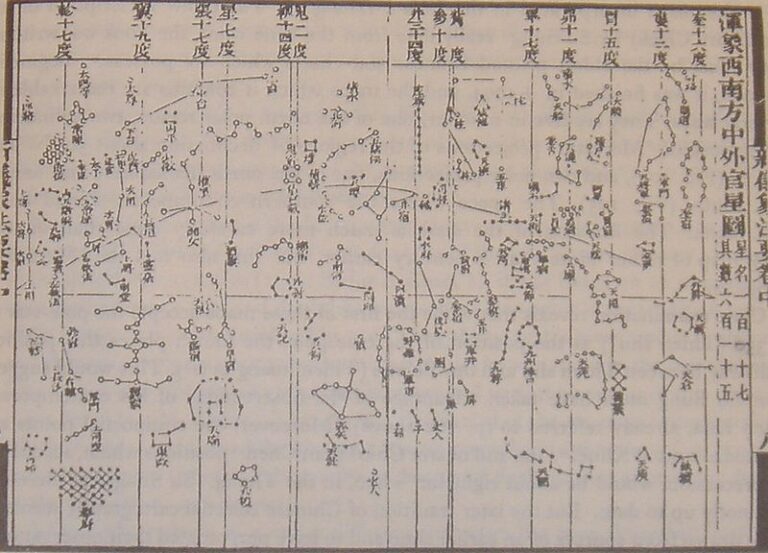
Ancient Chinese Astronomy Telescope Nerd
Ancient Chinese astronomy, viewed from the scientific perspective, has a lot to be proud of (Needham 1959). It has maintained for continuous periods longer than any other civilisation accurate records of celestial phenomena such as eclipses, novae, comets, meteors, sunspots, etc. These records have found many applications in modern astron-

Chinese Astronomy Resource The Chinese Sky Constellations, Astronomy, Chinese art
The ancient Chinese were profoundly influenced by the Sun, Moon, and stars, making persistent efforts to mirror astral phenomena in shaping their. Chronology of early China xxvi Introduction 1 Part One Astronomy and cosmology in the time of dragons 1 Astronomy begins at Taosi 17 2 Watching for dragons 38 Part Two Aligning with Heaven
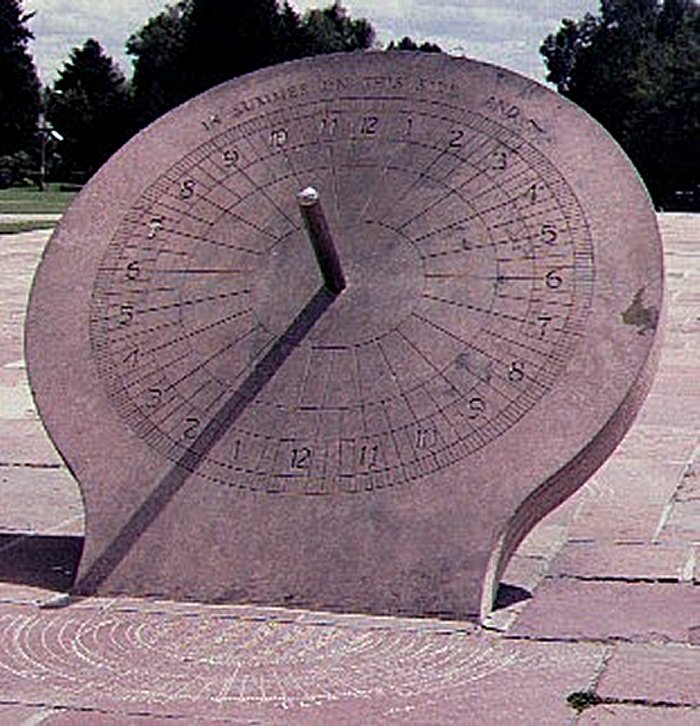
Gnomon Ancient Time Measuring Instrument Used By Babylonians, Egyptians And Chinese
Kevin Pang of JPL and John Bangert of the Naval Observatory said they have found a date in 1953 B.C. when the sun, moon and five planets all lined up in the sky at dawn -- providing the basis for the beginning of the Chinese calendar. The astronomers used planetary positions in ancient times -- available in JPL's ephemerides, or database of.
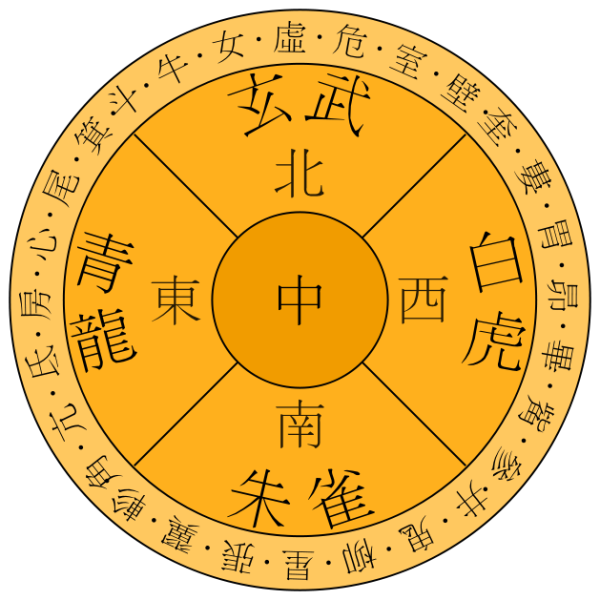
La astronomía en la Antigua China — Astrobitácora
Yunli Shi Reference work entry First Online: 01 January 2014 733 Accesses Abstract Documentary and archaeological evidence testifies the early origin and continuous development of ancient Chinese astronomy to meet both the ideological and practical needs of a society largely based on agriculture.
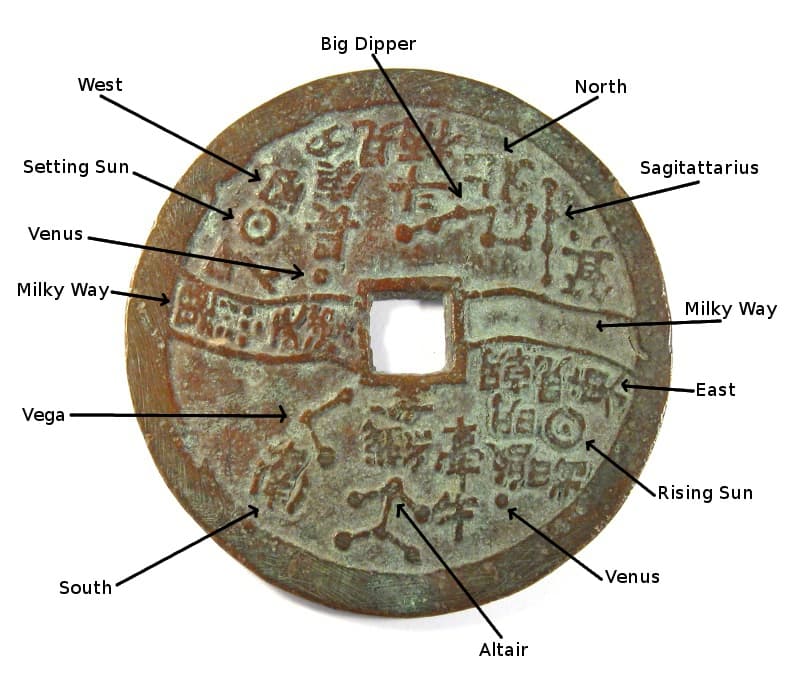
Chinese Astronomy Coins
Ancient Chinese astronomy's history spans several millennia. And just like how the ancient Indians, Persians, and the Greeks have been instrumental in the development of astronomy across the world, the Chinese have also made numerous significant contributions in the field. Early development of ancient Chinese astronomy

PPT ANCIENT CHINESE ASTRONOMY PowerPoint Presentation, free download ID3063623
The first Chinese records of astronomy are from about 3000 BC, and they used the circumpolar stars as their reference point for the heavens, unlike the Indo-Europeans who used observations based upon the rising and setting of celestial bodies on the ecliptic and the horizon.

History of Astronomy on Twitter History of astronomy, Moon sign astrology, Astronomy
Ancient Chinese Astronomy - An Overview DOI: Authors: Yunli Shi University of Science and Technology of China Abstract and Figures Documentary and archaeological evidence testifies the early.

All About the History of Chinese Astronomy
First Online: 01 June 2021 731 Accesses 1 Altmetric Part of the History of Science and Technology in China book series (HSTC) Abstract This chapter gives detail information on the special position, societal functions and properties of the study of heaven in ancient Chinese culture.

A Brief Introduction to Ancient Chinese Cosmology ALL THINGS CHINESE
Astronomy in China has a very long history. Oracle bones from the Shang Dynasty (second millennium B.C.E.) record eclipses and novae. Detailed records of astronomical observations were kept from about the sixth century B.C.E. until the introduction of Western astronomy and the telescope in the sixteenth century.

1675 image of a Chinese astronomer with an... Lapidarium notes
Ancient Chinese observations include records of Halley's comet and fireballs and comprehensive lists of the mysterious "guest stars" — exploding stars that are the result of the evolution of stars more massive than the Sun. Thanks to an unbroken span of court astronomers dating back 2,000 years, these records are extremely useful and are still c.